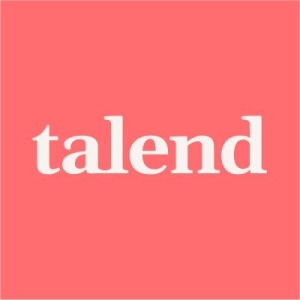They don't have any AI capabilities. Talend DQ is specifically for data quality, which only has data profiling. With Talend DQ, I cannot generate any reports today, so I need an ETL tool. It provides general Excel files, or I have to create some views. If instead of buying a new tool, Talend provides a reporting capability or solution, it would be great. It will reduce the development effort for creating these kinds of reports. We also manage the infrastructure for Talend. From the licensing perspective, for cloud, they only have seat licenses where one person is tied to one license, but for on-premise, they have concurrent licenses. It would be really awesome if they can provide concurrent licenses for the cloud so that if one person is not there, somebody else can use that license. Currently, it is not possible unless a person deactivates his or her license and moves the same seat license to someone else. We are one of the biggest customers in the central zone of the US for Talend, and this is the feedback that we have provided them again and again, but they come back and say that they aren't able to provide concurrent licenses on the cloud. In version 7.3, there is a feature for tokenization and de-tokenization of data. This is the feature that we are looking for. It is useful if somebody wants to see what we have masked and how do we demask it. This feature is not there in version 7.1. There are also a few other capabilities on the cloud, but we don't yet have a big footprint in the cloud.


